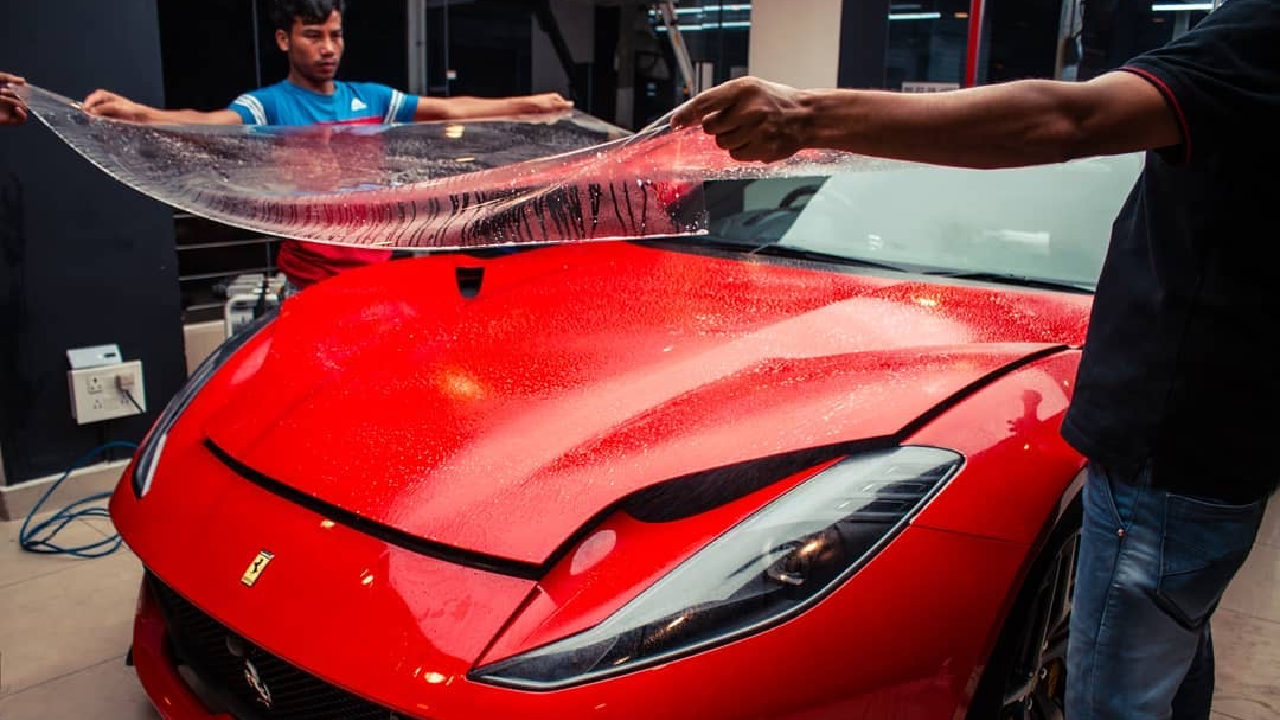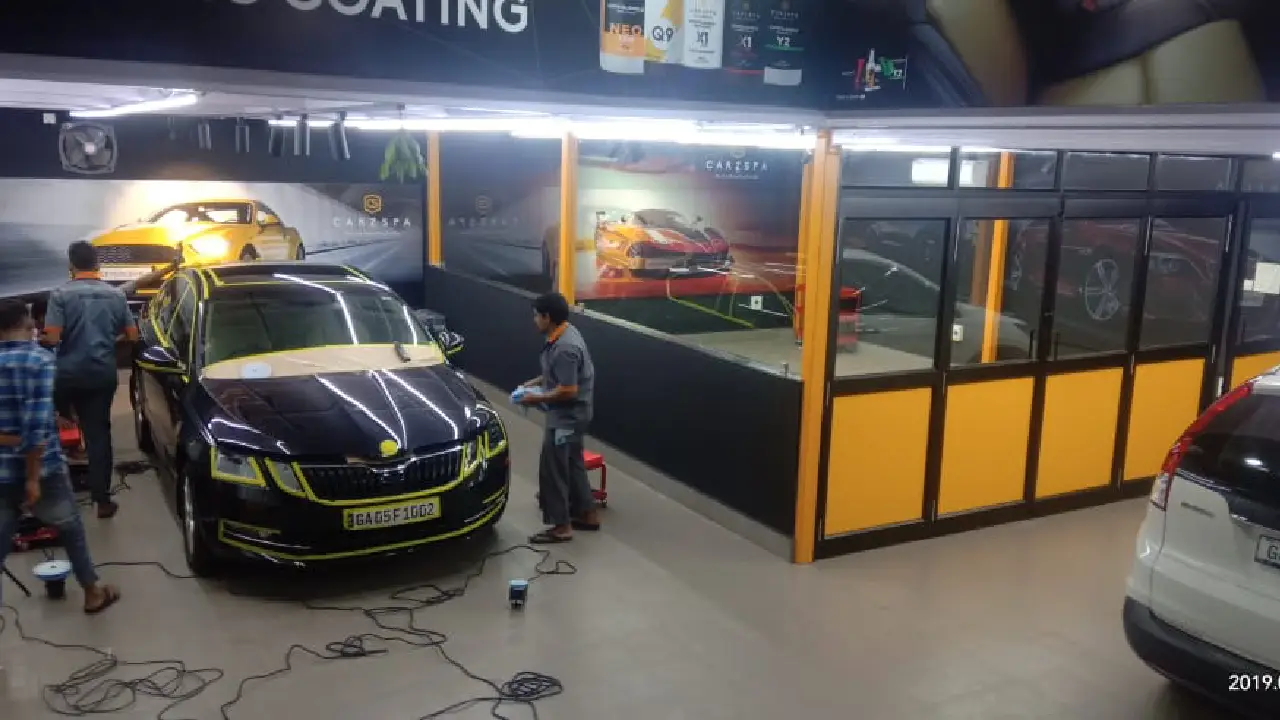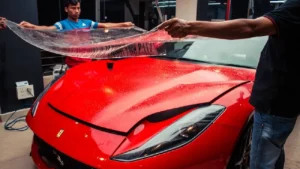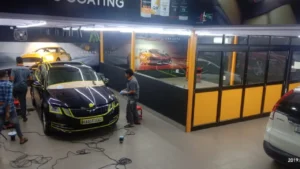The excitement of buying a new car often peaks when you imagine holding those keys for the first time. Yet, for many buyers, that joy quickly fades once the vehicle is actually delivered. You’ve done your research, bargained for the best deal, and finally completed the paperwork for your dream car. But as you inspect your “brand new” vehicle, something doesn’t feel right. The odometer reads 287 kilometres, the tyres show traces of road dust, and the seats are missing their factory plastic covers. That sense of pride suddenly turns into doubt.
In India, this situation is more common than most first-time buyers realise. Many dealerships sell old stock, test-driven vehicles, or even repainted demo cars as brand new. The difference between a true factory-fresh car and one that has been sitting in a yard for months can affect everything from warranty coverage and resale value to the overall condition of the paint and internal components. Learning how to verify your car’s actual age and history before taking delivery can help you avoid long-term regret and unnecessary financial loss.
Table of Contents
Why Dealers Push Old Stock Cars (and Why You Should Care)
Before diving into inspection techniques, you need to understand the dealer’s motivation. When a car sits unsold in their stockyard for 6-12 months, it becomes a financial liability. A ₹20 lakh car sitting unsold represents locked capital, and once the manufacturing year becomes “old”, it’s significantly harder to sell. This creates enormous pressure to move old inventory quickly, often by obscuring the manufacturing date.
Why You Should Care About Old Stock

Warranty Erosion:
Most manufacturer warranties in India are calculated from the date of sale or date of manufacturing, whichever is earlier. A car manufactured in March 2024 but sold to you in December 2024 has already “lost” 9 months of its 3-year warranty. You’re paying the new car price for 2 years and 3 months of coverage.
Deteriorated Components:
Cars aren’t designed to sit idle for extended periods. Battery degradation, tyre flat spots, rubber seal deterioration, fluid degradation and paint oxidation all occur even without use. Extended outdoor storage causes paint fading and oxidation, especially on darker colours.
Reduced Resale Value:
When you sell your car 3-5 years later, buyers will check the manufacturing date on the VIN plate. A car with an 8-month gap between manufacturing and first registration immediately raises red flags, reducing offers by ₹30,000-60,000.
Hidden Usage:
Old stock cars are often driven extensively for test drives (100-500 km is common), used as dealer “loaner” vehicles, moved between dealer locations multiple times and parked outdoors in sun and rain for months.
The Manufacturing Date Check: Your First Line of Defence
The single most important piece of information about your car is its manufacturing date, and it’s printed right on the vehicle itself.
Locating the VIN Plate
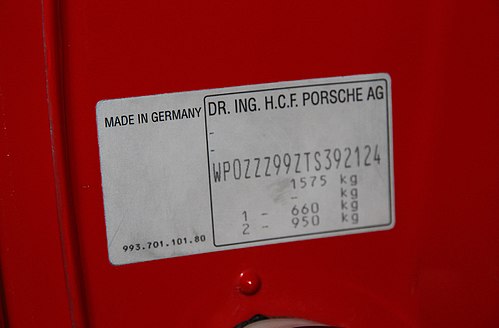
The Vehicle Identification Number (VIN) plate is a metal tag permanently affixed to your car’s chassis. In most Indian cars, you’ll find it in one of three locations:
- Driver’s side door jamb (open the driver’s door and look at the vertical edge)
- Under the bonnet near the windscreen base
- Dashboard bottom left corner (visible through windscreen from outside)
The VIN plate contains a 17-character alphanumeric code plus the month and year of manufacture.
The 6-Month Rule
As a general principle in India:
- 0-3 months old: Completely acceptable, genuinely fresh
- 4-6 months old: Acceptable but negotiate for additional benefits
- 7-9 months old: Old stock, demand significant compensation (₹40,000-70,000 discount or equivalent freebies)
- 10+ months old: Walk away or negotiate heavily (₹60,000-90,000+ discount)
Critical Exception: If you’re buying in December-January, cars manufactured in the previous year’s early months are essentially 9-12 months old. Dealers will try to obscure this. Always calculate from the manufacturing month, not the delivery month.
Physical Inspection Checklist: Spotting a Driven Car
A thorough physical inspection reveals whether your car has been driven extensively or suffered minor accidents.
Exterior Inspection (Perform in Direct Sunlight)
Paint Quality: Check for colour mismatch between bonnet, doors and fenders. Repainted panels show slight colour variation. Look for “orange peel” texture (bumpy surface under direct light) indicating respray. Inspect rubber seals and door jambs for paint overspray. Run your hand along panel edges. Factory panels have smooth, consistent gaps whilst reassembled panels show uneven gaps.
Tyre Condition: All four tyres should show identical tread depth. Check the DOT code on the tyre sidewall. The last four digits indicate week and year of manufacture (e.g., “2423” means 24th week of 2023). Tyres should be manufactured within 6 months of car manufacturing. New tyres are spotless; embedded road grit indicates extensive driving. Check the spare tyre—should be factory-fresh.
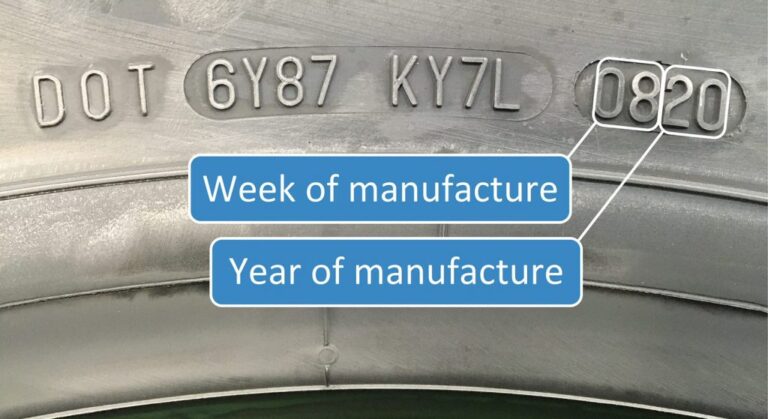
Exterior Trim: Door handles, mirrors and glass should be pristine. Scratches indicate usage. Check for stone chips on the windscreen and headlight lenses.
Interior Inspection
Seats: Factory plastic wrapping confirms freshness (though some dealers remove it). Check the driver’s seat bolster for compression marks or shine. Seat tracks should be clean and grease-free, with no visible dirt accumulation.
Controls: The Steering wheel should feel crisp, not worn or shiny from hand oils. Check pedal rubber—brake and accelerator pedals should show zero wear. Worn rubber means extensive driving.
Cleanliness: Check under seats and mats—should be completely clean. The boot should be spotless. Dust, leaves or debris indicate outdoor storage. Smell test: Musty odours indicate prolonged storage; perfume overuse indicates attempts at masking.
Professional Tip: For comprehensive peace of mind, especially on premium cars, consider having a certified detailing specialist like CarzSpa perform an extensive PDI (Pre-Delivery Inspection), which includes thorough paint depth measurement inspection. Professional-grade paint thickness gauges can definitively identify repainted panels, revealing hidden accident history that visual inspection might miss.
Document Verification: What Papers Reveal
Physical inspection tells you about the condition, but documents reveal the car’s paper trail.
Essential Document Checks
- Invoice Date vs Manufacturing Date: Calculate the gap between manufacturing and sale. Anything over 6 months requires compensation.
- Warranty Card Start Date: Should show warranty commencement as your delivery date, not an earlier date. Pre-activated warranties indicate demo car usage.
- Service Book: Should be completely blank with no stamps or entries. Any service history indicates previous use.
- Insurance Policy Start Date: Should commence from your delivery date. Earlier start dates may indicate previous registration as a dealer demonstrator.
What to Demand If Your Car Is Old Stock
If your verification reveals the car is old stock or has been driven significantly, here’s your negotiation strategy.
For 6-9 Month Old Stock
Minimum Acceptable Compensation:
- Extended warranty: Additional 1 year beyond standard warranty
- Free service package: 5 services prepaid
- Comprehensive insurance upgrade: Zero depreciation at no extra cost
- Discount: ₹15,000-30,000 off the agreed price
Or walk away and demand a fresher unit.
Pro tip: Demand a voucher towards a professional ceramic coating or maybe a Paint Protection Film service at an authorised detailing centre like a CarzSpa.
For 9-12 Month Old Stock
Substantial Compensation Required:
- Significant discount: ₹30,000-50,000 off ex-showroom price
- Extended warranty: Additional 2 years
- Complete service package: All services for first 3 years
- Paint protection: Professional ceramic coating at dealer’s expense (specify certified providers, not dealer Teflon)
- Battery replacement guarantee: If battery fails within first year, free replacement
If Car Shows Signs of Extensive Use
Test drive usage over 100 km or significant physical condition concerns warrant rejecting the vehicle outright and demanding a factory-fresh replacement. Do not accept compensation instead of a proper new car.
Final Thoughts
Accepting delivery of your new car should be a moment of pure joy, not anxiety about whether you’re receiving genuine factory-fresh quality. The unfortunate reality of India’s automotive retail environment is that dealer practices around old stock inventory vary dramatically. Some dealerships operate with complete transparency, whilst others actively obscure vehicle age and usage history.
Your protection lies in knowledge and verification. Check the manufacturing date first—it’s your non-negotiable baseline for all negotiations. Follow with thorough physical inspection focusing on paint quality, tyre condition, interior wear and component cleanliness. Verify all documents to ensure consistency between manufacturing date, warranty commencement and insurance activation.
If you discover your car is old stock or shows signs of previous use, don’t hesitate to demand compensation. Dealers have significant flexibility on warranties, service packages, accessories and even pricing when pushed. The key is approaching the situation with evidence, calm insistence and willingness to walk away if terms aren’t fair.
The difference between getting a genuinely new car and accepting compromised old stock often comes down to asking the right questions, checking the right details and having the confidence to demand what you’re paying for. Arm yourself with this checklist and ensure your first major automotive investment starts on the right note.



